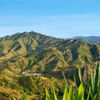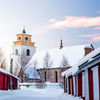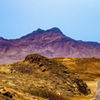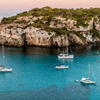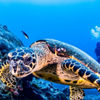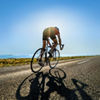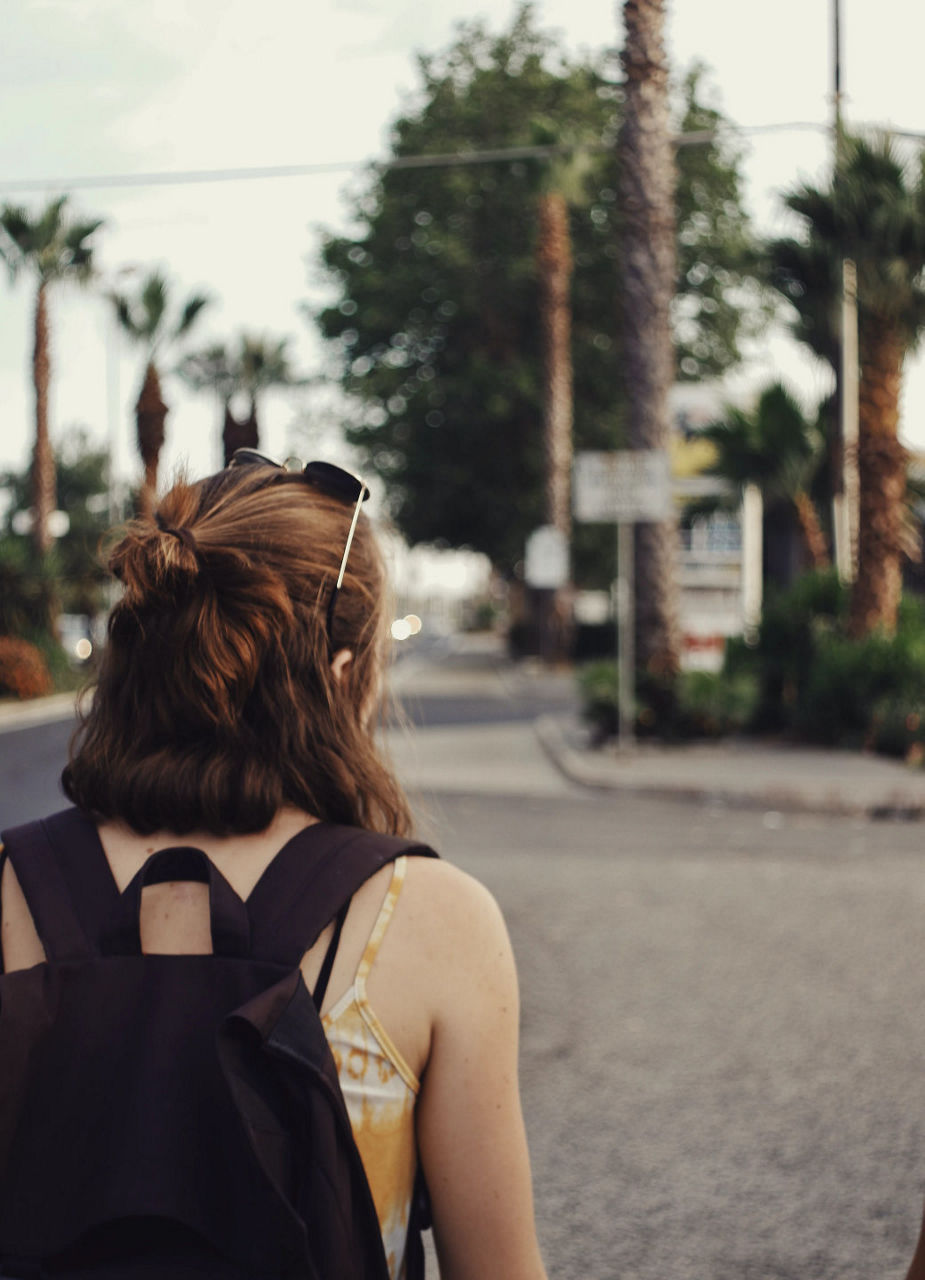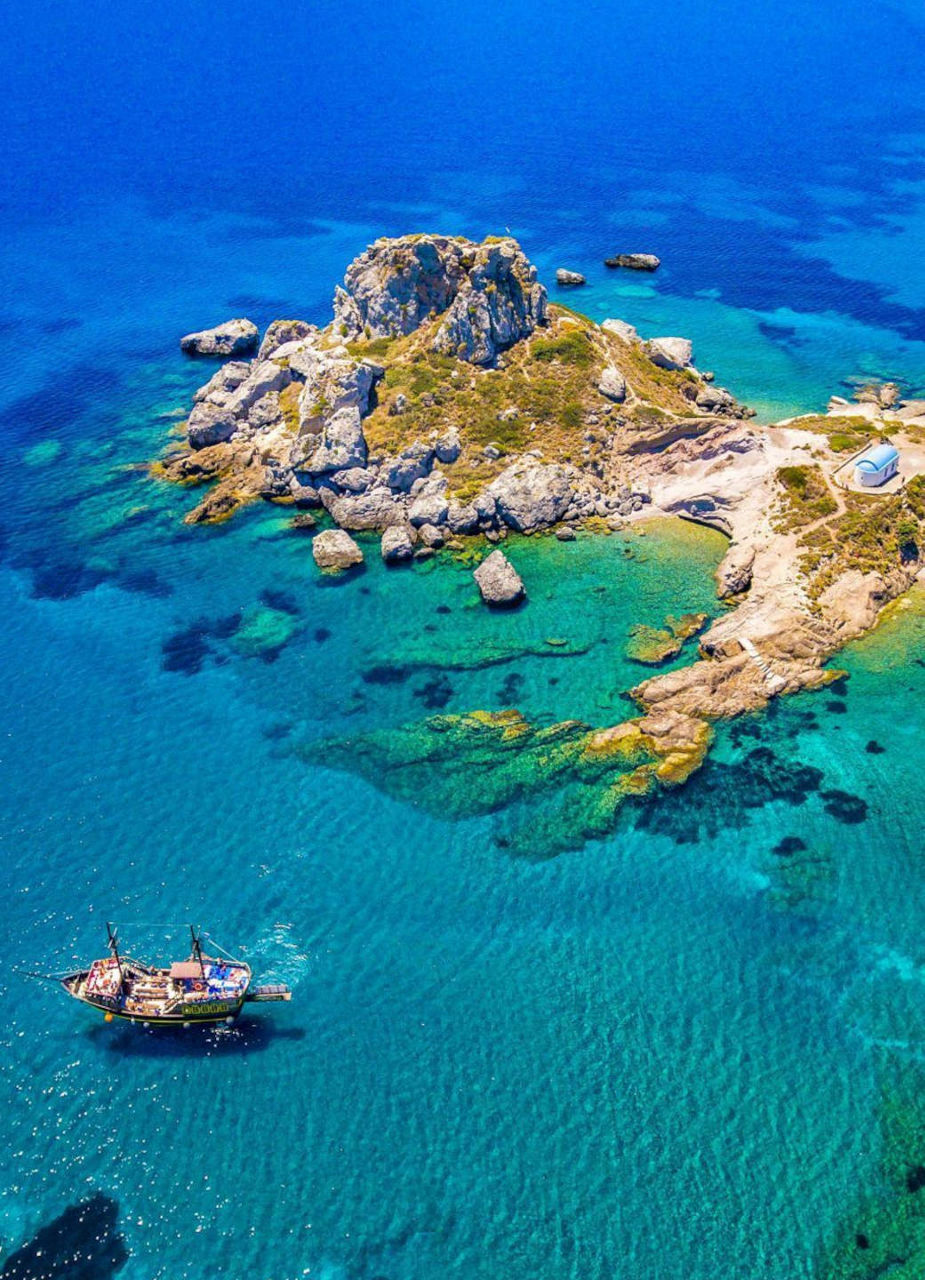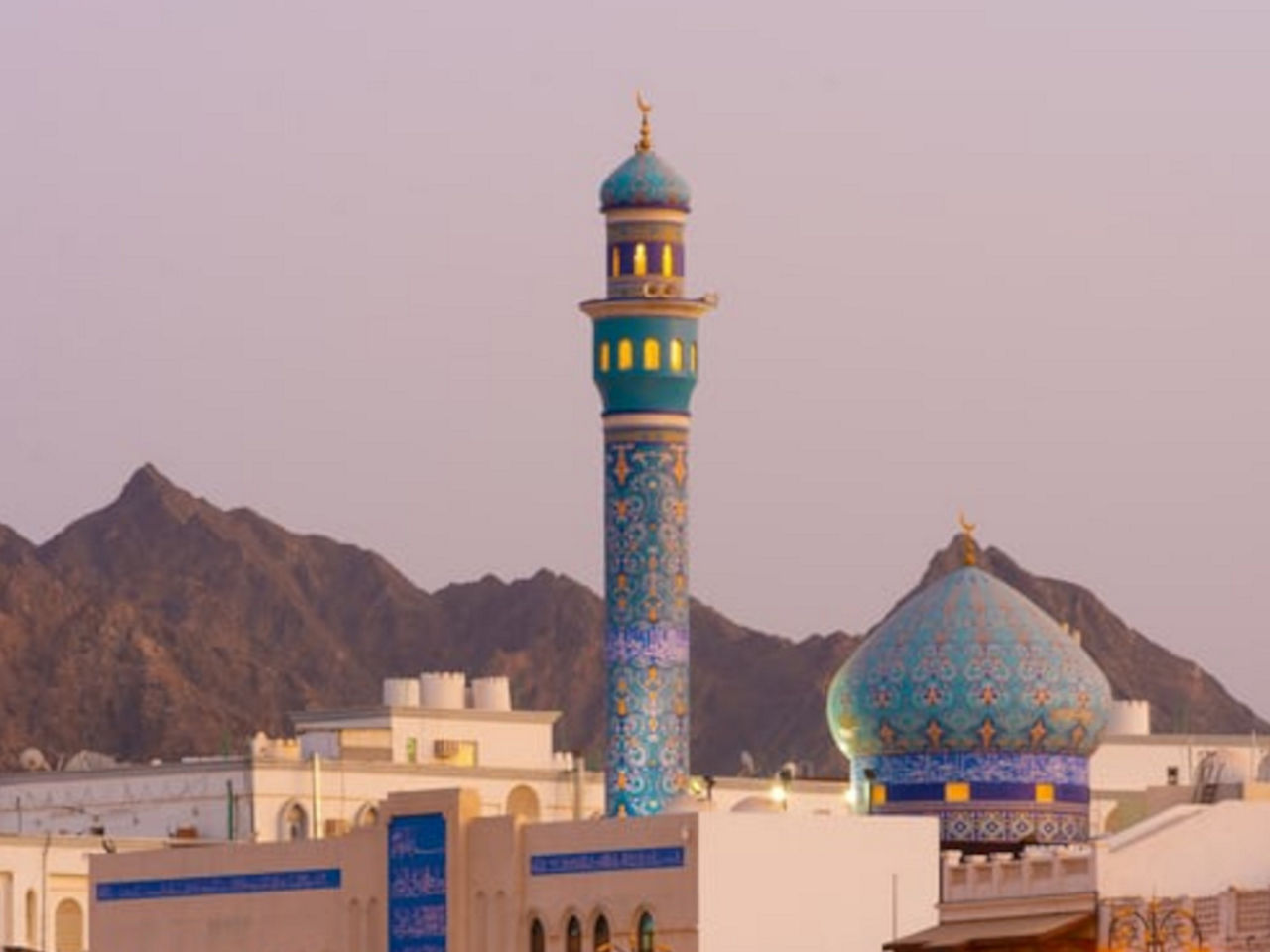
Round trip of southern Italy
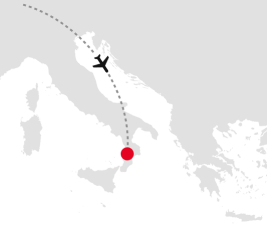

The world of southern Italy
For many tourists, southern Italy is still unknown territory. But it’s exactly this lack of mass tourism that makes the regions around Calabria and Basilicata so interesting. Hotel complexes and resorts by the sea are few and far between. Instead, there are plenty of holiday homes, bungalows, and “agriturismi”, or in English: farm holidays. There are sights to see on every corner. Every village has two or more churches, and a castle ruin recommended for tourists to visit. The simplest way to plan your holiday is to settle in to a nice accommodation by the sea and plan excursions from there. Get up early and set off for a half-day trip including a nice brunch or lunch. Once you’re back around three, you can relax for a couple of hours on the beach. The highlight of the day is a late dinner in a ristorante on a piazza, in a secluded courtyard, or simply on the beach promenade.

Arrive in Lamezia, stay in Squillace
Lamezia Terme – the “Terme” in the town’s name stands for the thermal spring located there. For newcomers to Calabria, we recommend the more touristy coastal towns. Check into a hotel in Squillace Lido, which is half an hour from the airport on the south coast. The area is wonderful for swimming, but is also ideally located for day trips. Your first stop is the small town of Squillace, six kilometres inland on a hill, with a Norman castle ruin and a panoramic view. Small shops offer locally made handicrafts. You can also get artistically active yourself by taking part in a pottery course.


Mountain excursion
The mountains in Calabria are partially densely forested and are ideal for hiking and biking. The typical mountain villages can be explored by bike, however, it’s helpful to be fit considering the hilly terrain. Another beautiful village is Girifalco, a 20-minute drive from Squillace Lido. Stroll through its seemingly endless narrow streets behind the village to reach the Parco di Monte Covello. This lovely wooded area is a popular spot for festivals in August, which take place throughout southern Italy. You’ll also find a good restaurant here offering the finest delicacies on the menu. We recommend the Pizzeria Re Artù.


Tropea and the Stromboli Volcano
The area around Tropea on the north coast is postcard pretty: steep cliffs, sandy beaches, promenades, and clear blue water. The old town, with its many palazzi is perched on a cliff that drops dramatically into the sea. The narrow alleys, small shops, gelaterias, and bars invite you to stroll and linger. Stromboli is an absolute must see. This volcano towers over the island of the same name. Boats depart for the island from Tropea, and other ports as well. Stromboli is the world's most active volcano, erupting on average every five minutes. This natural spectacle is most impressive at night when the lava glows. Climbing to the viewpoint is only possible by guided tour because of the actively flowing lava.

Hiking at nearly 2,000 metres in Sila National Park
The Sila National Park is also called the Piccola Svizzera (Little Switzerland). The high-altitude landscape is characterised by wild conifer forests above, dense beech forests further down, and idyllic mountain lakes. The area is also home to wolves and snakes. Thanks to the altitude, the temperatures are ideal for hiking even in summer. For newcomers to the area, we recommend a stop at the visitor centre in Lago di Cecita. Due to the lack of a developed bus network, hiking tours are limited to circular routes, for example around Lago Ariamacina, or up the almost 2,000-metre-high Monte Botte Donato, where you can also go skiing. From the top you can even see Mount Etna. Tip: Be sure to bring snacks with you as there are no restaurants. This contrast between coastal and mountain areas is what makes Calabria so fascinating.


Matera – An Arabian city
Matera, the second largest city in Basilicata, was long considered backward and poor. Until the forced resettlement in the 1970s, many people still lived there in caves without running water. Today, these “Sassi” are protected by UNESCO. Together with the beautiful old town, they attract an increasing number of visitors. Matera's Middle Eastern flair has made it a frequent substitute for Jerusalem in films, such as Mel Gibson's "The Passion of the Christ". The surroundings are similarly barren, with deep gorges, narrow streets and flat roofs.

Along the magnificent coast of the Cilento region
The most beautiful part of this tour is the drive along the Cilento coast from Agropoli to Maratea. Parts of this coastal road is carved into the vertical cliff face. Of course, there are faster ways to get around further inland, but these two hours are pure pleasure. The drive is similar to Chapman’s Peak Drive on the Cape of Good Hope in South Africa, only much longer. A really creepy stretch is the drive through a former single-track railway tunnel near Pisciotta. You’ll also pass by several beautiful bays with fine sandy beaches that are perfect for a short break.

Last but not least: Maratea
In the pilgrimage town of Maratea, a large statue of Christ high above the sea catches the eye. From the right perspective, you could easily think it’s Rio’s Cristo – and save yourself another faraway destination. The winding road leading to the statue has roughly 100 hairpin curves! From here it’s another two hours drive to the Lamezia airport. If you’d like to save time, you can take the A2 and drive past one last highlight: at 259 metres, the Viadotto Italia near Laino is the second highest bridge in Europe.
Header - Photo by Matteo Colombo on GettyImages
Paragraph 1 - Photo by Francesco Vaninetti Photo on GettyImages
Paragraph 2 - Photo by aolo Romeo / EyeEm on GettyImages
Paragraph 3 - Photo by © Marco Bottigelli on GettyImages
Paragraph 3 - Photo by margot pandone on Unsplash
Paragraph 4 - Photo owned by Edelweiss
Paragraph 4 - Photo by Lyle Wilkinson on Unsplash
Paragraph 5 - Photo by Peter Giovannini on GettyImages
Paragraph 6 - Photo by Victor Malyushev on Unsplash
Paragraph 6 - Photo by Luca Micheli on Unsplash
Paragraph 7 - Photo by Gianpaolo Antonucci on Unsplash
Paragraph 8 - Photo by Andrii Leonov on Unsplash

